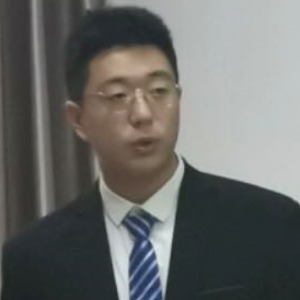Title : Innate immune response to hepatitis B virus infection: Recognition and spontaneous viral clearance by hepatic sensor PGLYRP2
Abstract:
Background & Aims
The stealth property of hepatitis B virus (HBV) has been challenged. The age-related hepatic immunocompetence and immune response leads to spontaneous clearance of HBV infection, however, the mechanisms underlying spontaneous clearance remain to be clarified. Here we investigate the roles of an innate sensor Peptidoglycan Recognition Protein 2 (PGLYRP2) in HBV infection and demonstrate that crosstalk between PGLYRP2 and HBV exists in hepatocytes and liver microenvironment.
Methods
Biotinylated HBV DNA pull-down assay, size-exclusion chromatography and LC-MS/MS analysis were used to identify HBV-interacting host proteins in human hepatocytes. The functional properties of immune effector cells were analyzed by using PCR array, seahorse metabolic flux assay, flow cytometry and multiplex immunofluorescence staining. Hydrodynamic HBV transfection mouse model utilizing adeno-associated virus vector was established to evaluate the effect of PGLYRP2 on spontaneous viral clearance.
Results
Peptidoglycan Recognition Protein 2 (PGLYRP2), an innate sensor with age-related expression pattern, restricts HBV replication through PGLYRP2209-377 domain binding to Core/Enhancer II promoter, whereas HBV capsid preferably interacting with PGLYRP2PGRP domain facilitates viral evasion. Elevated HBc level-induced nucleocytoplasmic translocation and enhanced secretion of PGLYRP2 in turn contribute to spontaneous HBV clearance. Moreover, the secretion of PGLYRP2/capsid complex enhances functional properties of immune effector cells in microenvironment. Conversely, loss of PGLYRP2 in hepatocytes compromises virus control during HBV infection.
Conclusion
This study identifies a novel interaction mechanism between HBV and innate immunity in which PGLYRP2 is associated with age-related hepatic immunocompetence and spontaneous viral clearance, thus providing a promising target for functional cure of HBV infection.
Audience Take Away:
• Innate sensor PGLYRP2 with age-related expression profile restricts HBV replication
• HBV core protein-targeting PGLYRP2 induces spontaneous viral clearance
• PGLYRP2/capsid complex enhances functional properties of immune effectors
• Loss of PGLYRP2 in hepatocytes compromises virus control during HBV infection



